If you’ve ever found yourself wandering through a Canadian mall or power centre, the odds are good that you’ve at one time or another stumbled across The Source – a Bell owned and operated consumer electronics retailer. After many years in business The Source brand disappeared from Canadian high streets on October the 12th. In memory of the once proud Canadian brand is this short story of where The Source came from and where it’s now gone.
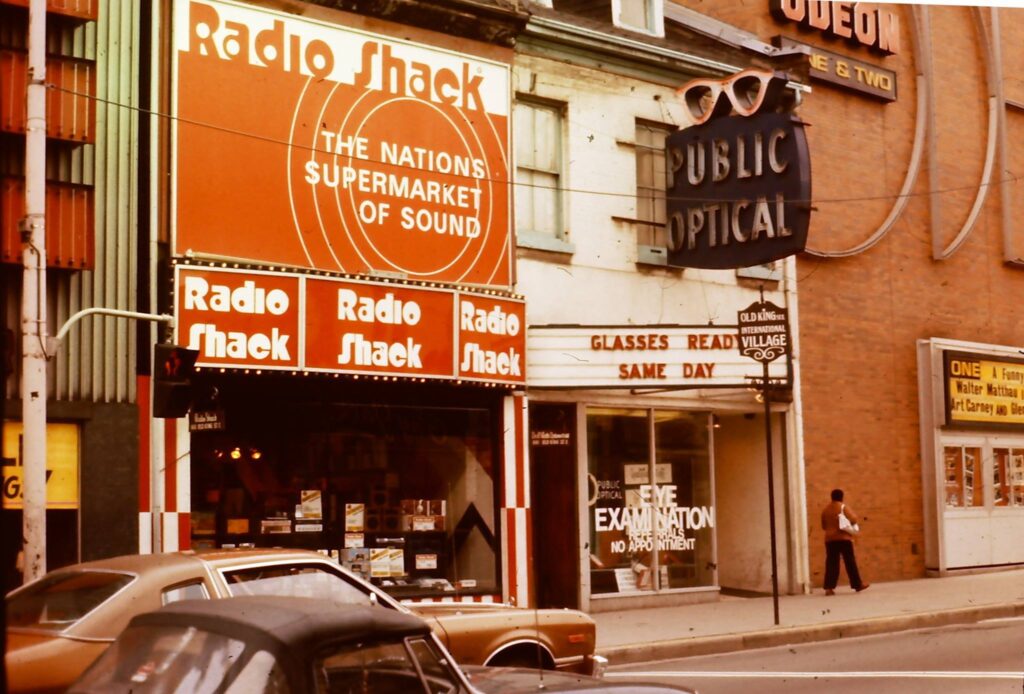
The RadioShack days
The Source traces it’s origins way back to 1970 when the Tandy Corporation opened their first Canadian RadioShack location in Rexdale, Ontario. RadioShack was well known for carrying not only a range of consumer electronics but also the pieces to build or fix your own stuff too – think resistors and things of that nature. Tandy – later known as the RadioShack Corporation – spun off their international locations in Canada and Europe under the InterTAN brand in 1986 but continued to allow use of the RadioShack brand under a licensing agreement. Over the coming years, InterTAN left a number of their international markets in Europe – including the United Kingdom in 1999 (selling their stores to another now-defunct retailer, The Carphone Warehouse). By 2002, the only InterTAN operations still in business were its Canadian operations, namely RadioShack, Battery Plus and Rogers Plus retail stores.
Buyout by Circuit City and transition to The Source
In 2004, the American electronics chain Circuit City acquired InterTAN. As you can imagine, the idea of one of their biggest competitors in the US running RadioShack locations in Canada didn’t sit well with the RadioShack Corporation and they immediately took legal action to prevent their competitor operating under their brand name. The case was won, and in 2005 the locations were rebranded across Canada as The Source by Circuit City.
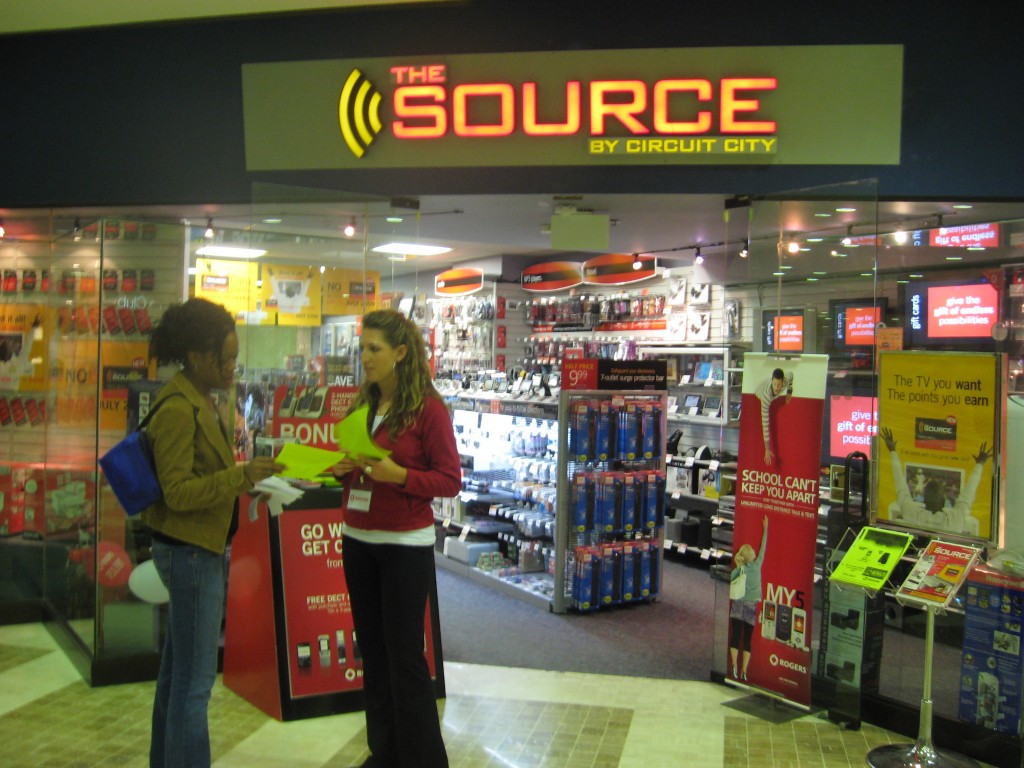
Under The Source by Circuit City name, the company continued to offer a range of consumer electronic products, while also branching into selling cell phone services through the Rogers network. They also launched a number of private label consumer electronics brands around this time including Nexxtech, which existed in stores until a rebrand to Vital in 2019. The new arrangement was short-lived however as in 2008 Circuit City were forced to file for Chapter 11 bankruptcy in the United States. By January of the following year, they were forced to liquidate all of their US stores. The Source by Circuit City was initially not impacted by these closures and instead Circuit City sought to sell the chain as a viable business.
Takeover by Bell
The chain was eventually sold in 2009 to Canadian telecommunications giant, Bell. The chain was rebranded to simply The Source and while they continued to sell consumer electronics they ended their mobility sales agreement with Rogers. Instead, The Source began to offer services through Bell Mobility, Virgin Mobile and Bell Residential Services. Later, The Source stores would also begin to offer services through Bell’s budget oriented prepaid brand, Lucky Mobile. While at the time, some were a little puzzled by Bells acquisition, this was a pretty shrewd business move on their part – it’s not often that you get an opportunity to wipe out 750 of your competitors locations and roll out the same number of your own overnight. Bell kept The Source distribution centre and head office in Barrie, Ontario through the transition. While at the time of acquiring the brand there were approximately 750 stores, over the coming years Bell closed many locations with approximately 300 remaining open by the beginning of 2024.
Interestingly enough, Bell weren’t the only communications company purchasing consumer electronics chains. Perhaps spurred on by Bells purchase, later the same year Telus purchased Blacks Photography. Similar to The Source, they maintained the original business concept while adding wireless sales through their carriers. While Bell were able to sustain that line of business for some time, things didn’t work out so well for Telus and Blacks closed all of their store locations in 2015.
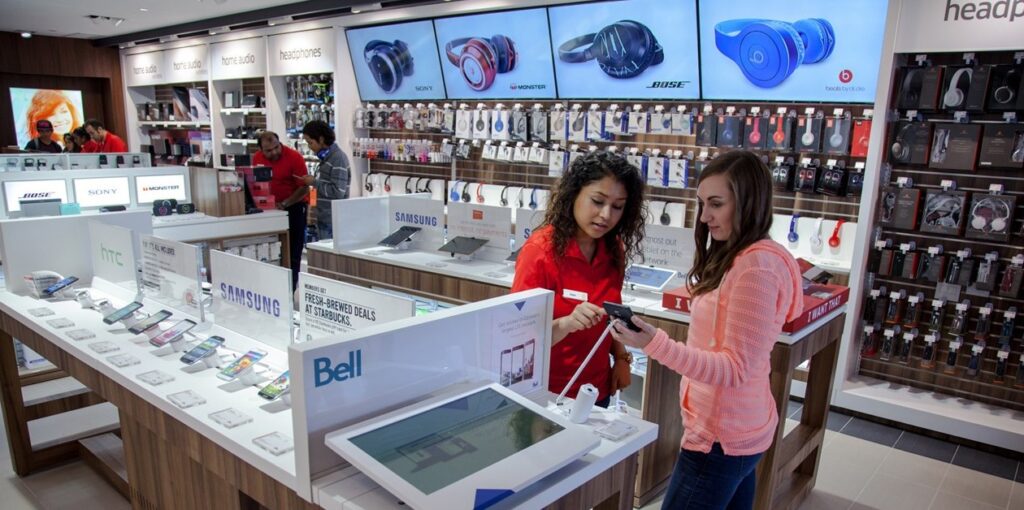
While Bell did close some locations during their ownership, they also heavily invested in the retail experience at others, realizing that the Consumer Electronics they sold were the gateway to potential subscription services customers. Over time there was a reduction in the sales of electronics parts and more of a focus put into the sale of connected devices (i.e. products that connected to a phone or to wifi). They invested heavily in renovating some existing locations and experimented with new store formats. They even opened locations in airports and stations, with Toronto Union Station becoming their final new location in October of 2023.
The end of an era
Just a couple of months later in January of 2024, Bell announced sweeping changes to The Source. The chain was to enter a licensing agreement with one of their largest retail competitors, Best Buy. Approximately 165 stores would be rebranded as Best Buy Express and the remaining locations would be closed permanently. Additionally, they would close their distribution centre and head office in Barrie, Ontario and would exclusively source their stock from Best Buy. Despite the rebrand, Bell would continue to own and operate these locations and would continue to be responsible for the hiring and training of staff. Additionally, these locations would continue to exclusively sell Bell subscription services, despite regular Best Buy locations offering a range of other providers services at their big box locations.
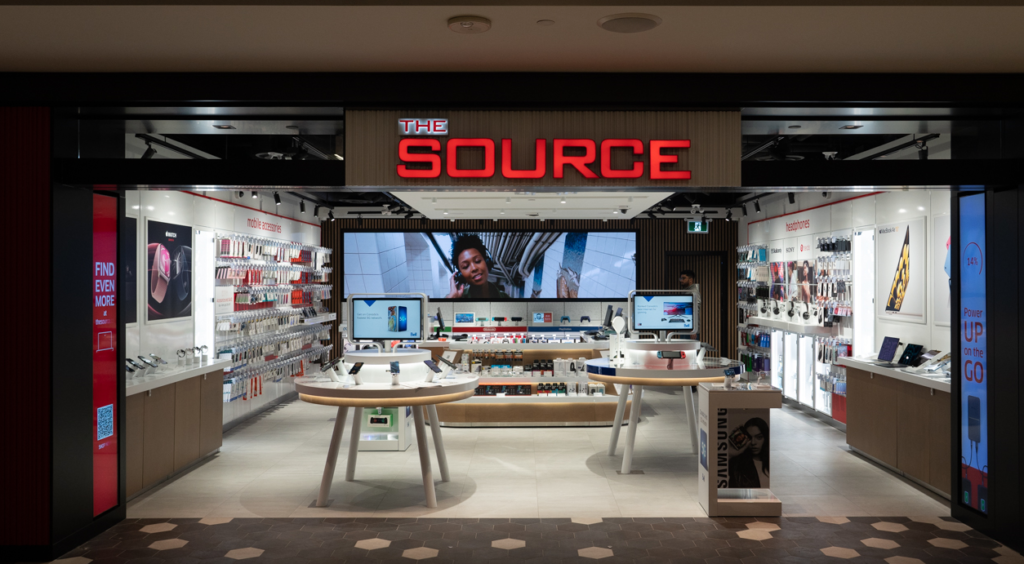
That brings us to now. As of October 12th, all The Source stores across Canada have either closed or rebranded. While you could argue that the chain lives on under the Best Buy name, I’d argue that this rebrand is a little different from the ones that came before. See, before they’d change the name, but underneath the business remained pretty much the same – same employees, same stores, same stock, same warehouse, same head office etc. This time however, it feels like a much larger shift. The stock is gone, many of the locations are gone, the warehouse is gone, the head office is gone. Really, all Bell are keeping is the locations themselves and the employees. I have to assume that this new setup is somehow more financially viable to Bell than independently operating the chain as an ongoing business. Regardless of the why – I know one thing – it’s a sad end to a long story.
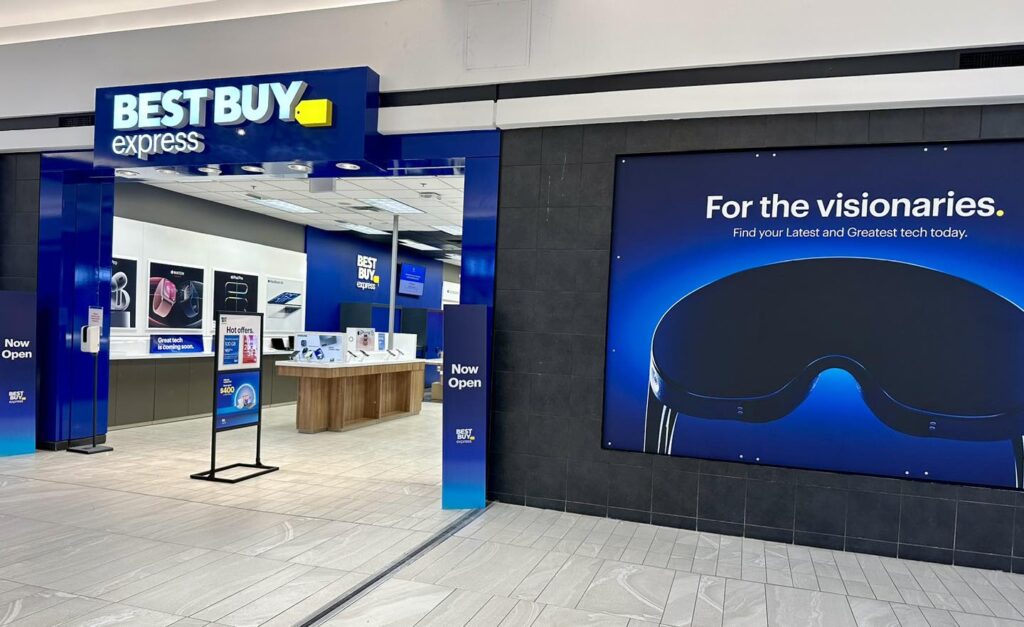


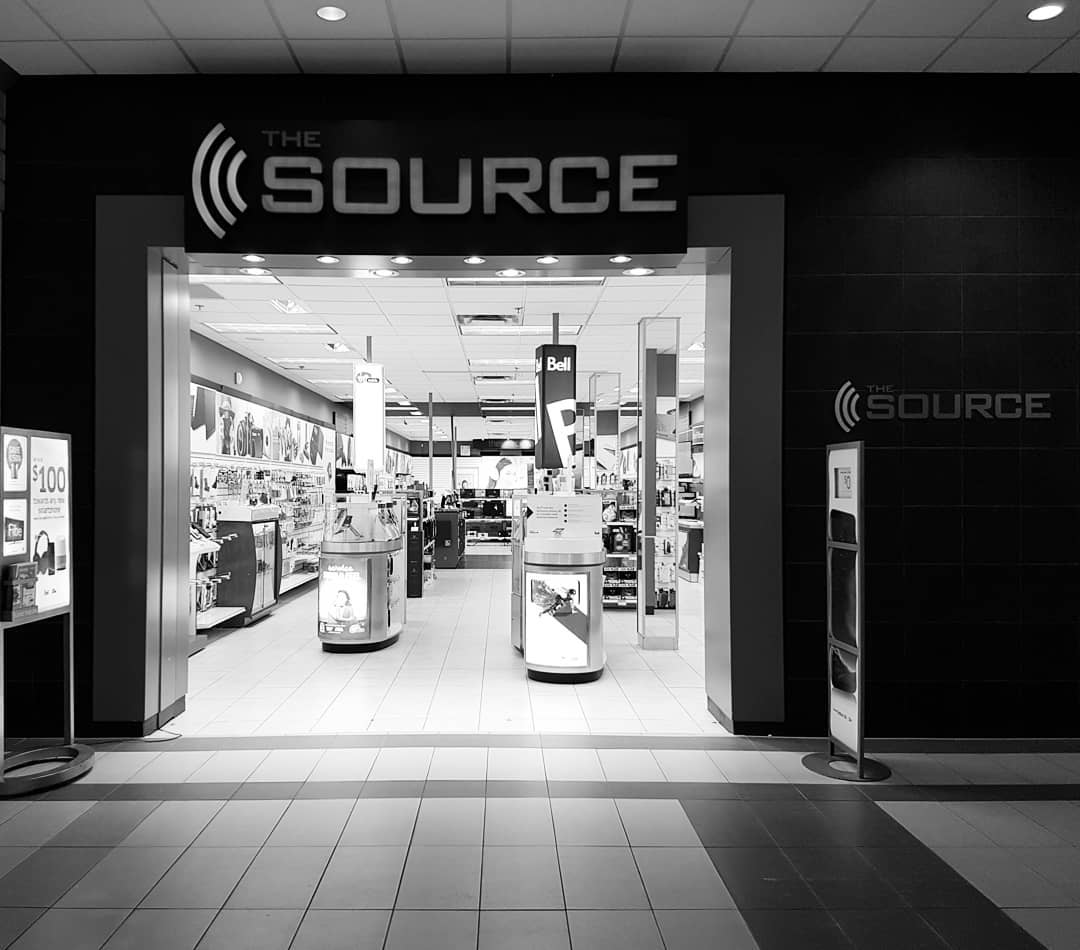



[…] Update:I went ahead and tried making my own Tube map! You can take a look and read my thoughts…